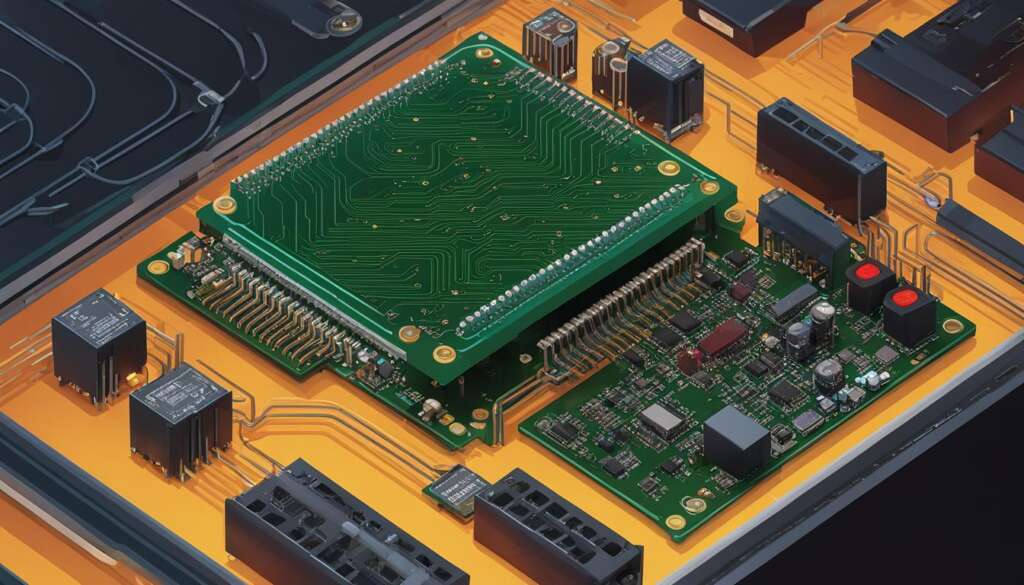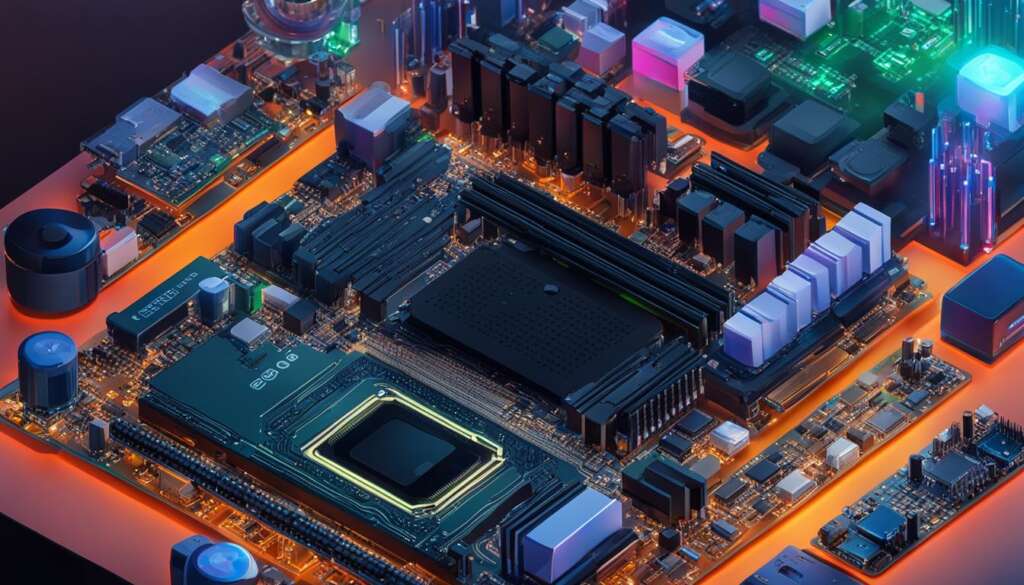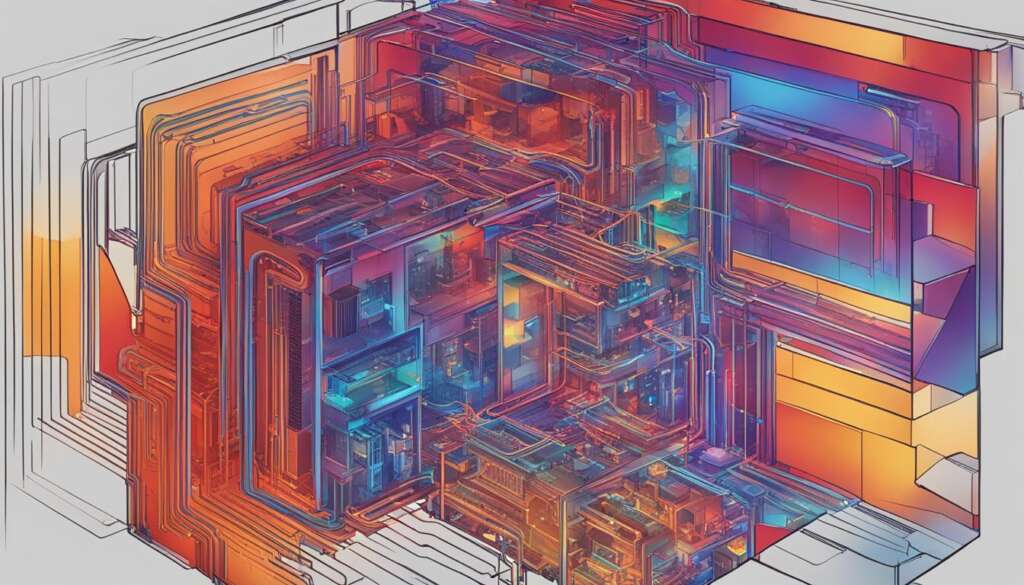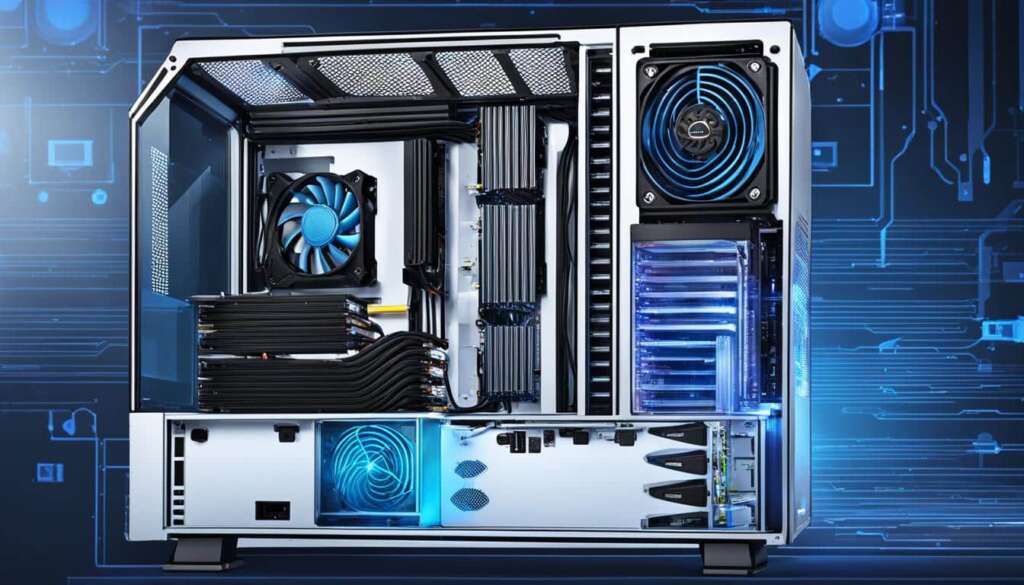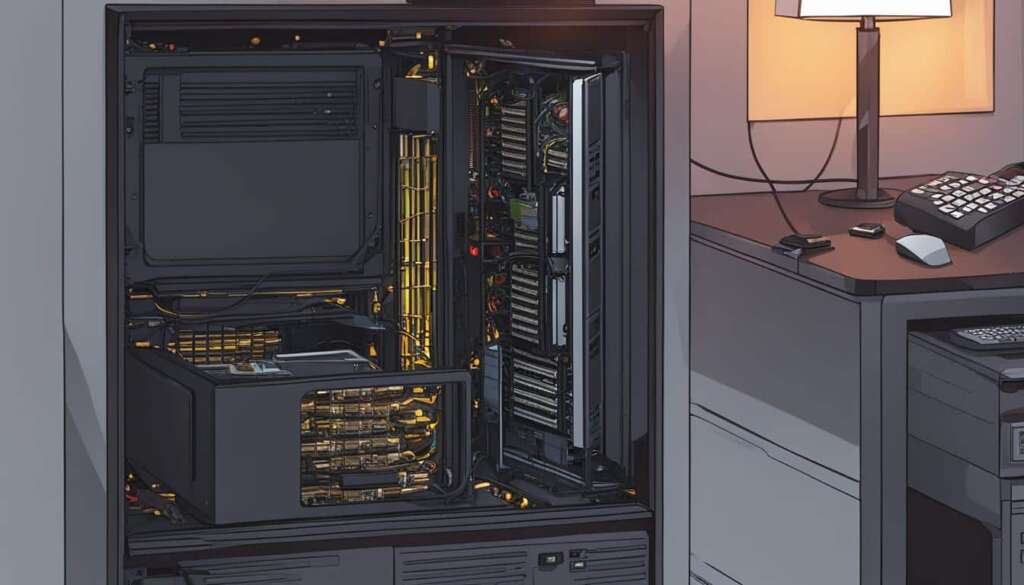Table of Contents
Checking the temperature of your PC is essential to ensure that it operates at optimal performance and prevent potential overheating issues. High CPU temperatures can cause other components to overheat and lead to system instability. By monitoring your PC temps, you can identify any temperature spikes or anomalies and take necessary steps to cool down your system.
There are various methods and tools available to check CPU temps, including installing monitoring software and accessing temperature readings in the BIOS/UEFI.
In this guide, we will explore two popular methods for checking CPU temperature, providing you with the knowledge and tools to monitor computer temperature effectively.
How to Check CPU Temperature Using Software
One of the easiest ways to check CPU temperature is by using monitoring software. There are several popular software options available, such as Core Temp, NZXT’s Cam, HWInfo, Open Hardware Monitor, SpeedFan, and AMD System Monitoring. These tools provide real-time temperature readings for each CPU core, along with other hardware specs.
For example, Core Temp allows you to monitor CPU temps, including the highest recorded temperatures and CPU load. It is important to choose a reliable and user-friendly software that suits your preferences and provides accurate temperature monitoring.
Checking CPU Temperature in the BIOS/UEFI
In addition to using software, you can also check CPU temperature in the BIOS/UEFI. This method allows you to see the temperature at idle, but it doesn’t provide real-time monitoring. To access the BIOS/UEFI, you need to restart your computer and press a specific key (usually F12, ESC, F2, or DEL) during startup.
Once in the BIOS/UEFI, you can locate the CPU temperature in the Hardware Monitor or PC Health Status section. However, it is important to note that this method only provides a snapshot of the temperature and is not suitable for continuous monitoring.
How to Check CPU Temperature Using Software
One of the easiest and most convenient methods to monitor your CPU temperature is by using monitoring software. With the wide range of options available, you can find the best temperature monitoring software that suits your needs and preferences. These software tools provide real-time temperature readings for each CPU core, along with other valuable hardware specifications.
Core Temp is a popular choice for monitoring CPU temperature. It allows you to track CPU temps, including the highest recorded temperatures and CPU load. This reliable and user-friendly software displays important information in a straightforward manner, making it easy for you to keep an eye on your PC’s temperature levels.
NZXT’s Cam is another excellent option, providing comprehensive thermal monitoring tools. This software not only measures CPU temperature but also monitors GPU and RAM temperatures, allowing you to track the overall system performance. It offers a visually appealing user interface and the ability to customize temperature alerts to optimize your PC’s operation.
HWInfo and Open Hardware Monitor are two reliable software solutions that offer extensive temperature sensor software functionality. They provide detailed insights into your PC’s thermal performance, including temperature readings for various hardware components. These tools also allow you to monitor fan speeds, voltages, and other critical system parameters.
SpeedFan is a versatile software application that not only monitors CPU temperature but also allows you to control fan speeds, providing an additional layer of customization for your PC’s cooling needs. It offers a comprehensive set of features for advanced users who want fine-tuned control over their system’s temperature and performance.
For AMD users, AMD System Monitoring software provides accurate temperature readings and performance metrics specific to AMD processors. It offers detailed information on CPU temperature, clock speed, utilization, and fan speed, allowing you to monitor your system’s performance effectively.
Choosing the Best Temperature Monitoring Software
When selecting the best temperature monitoring software for your needs, consider factors such as ease of use, accuracy, compatibility with your system, and the availability of additional features. It is important to choose a software solution that suits your preferences and provides accurate temperature monitoring to ensure optimal PC performance and prevent potential overheating issues.
Below is a table comparing the features and specifications of some of the top temperature monitoring software options available:
| Software | Real-time Temperature Readings | Additional Features | User-Friendly Interface |
|---|---|---|---|
| Core Temp | Yes | Records highest temperatures and CPU load | Yes |
| NZXT’s Cam | Yes | Monitors GPU and RAM temperatures | Yes |
| HWInfo | Yes | Displays comprehensive hardware information | Yes |
| Open Hardware Monitor | Yes | Monitors fan speeds and voltages | Yes |
| SpeedFan | Yes | Allows fan speed control | Yes |
| AMD System Monitoring | Yes | Specific to AMD processors | Yes |
By using the right temperature monitoring software, you can keep a close eye on your CPU temperature and ensure optimal performance and stability for your PC. Take advantage of these thermal monitoring tools and temperature sensor software to prevent overheating issues and maintain your system’s health.
Checking CPU Temperature in the BIOS/UEFI
In addition to using software, you can also check CPU temperature in the BIOS/UEFI. This method allows you to see the temperature at idle, but it doesn’t provide real-time monitoring.
To access the BIOS/UEFI, you need to restart your computer and press a specific key (usually F12, ESC, F2, or DEL) during startup. Once in the BIOS/UEFI, you can locate the CPU temperature in the Hardware Monitor or PC Health Status section.
However, it is important to note that this method only provides a snapshot of the temperature and is not suitable for continuous monitoring. For real-time monitoring, it is recommended to use reliable temperature monitoring software or dedicated hardware temperature monitors. These tools offer comprehensive monitoring options and alerts to ensure your PC remains within safe temperature limits.
FAQ
How do I check the temperature of my PC?
To check the temperature of your PC, you can use monitoring software or access the BIOS/UEFI. Monitoring software such as Core Temp, NZXT’s Cam, HWInfo, Open Hardware Monitor, SpeedFan, and AMD System Monitoring provide real-time temperature readings for each CPU core. Alternatively, you can check the temperature in the BIOS/UEFI by restarting your computer and accessing the Hardware Monitor or PC Health Status section. However, this method only provides a snapshot of the temperature.
Which software can I use to monitor CPU temperature?
There are several software options available for monitoring CPU temperature, including Core Temp, NZXT’s Cam, HWInfo, Open Hardware Monitor, SpeedFan, and AMD System Monitoring. These tools provide real-time temperature readings for each CPU core, as well as other hardware specifications. It is important to choose a reliable and user-friendly software that suits your preferences and provides accurate temperature monitoring.
Can I check CPU temperature in the BIOS/UEFI?
Yes, you can check CPU temperature in the BIOS/UEFI. Restart your computer and press a specific key (usually F12, ESC, F2, or DEL) during startup to access the BIOS/UEFI. Once in the BIOS/UEFI, you can locate the CPU temperature in the Hardware Monitor or PC Health Status section. However, this method only provides a snapshot of the temperature and is not suitable for continuous monitoring.


